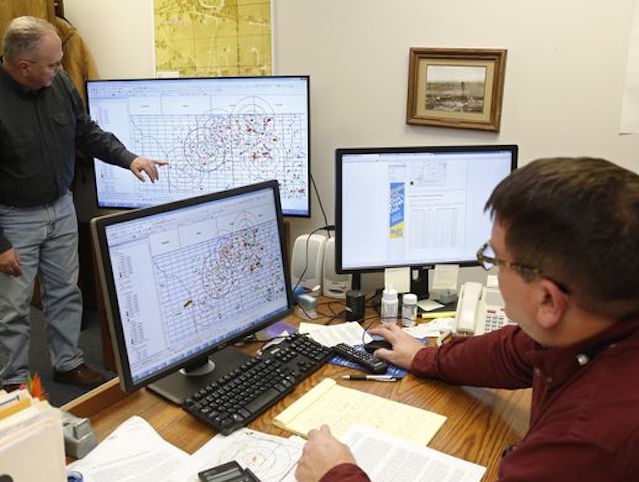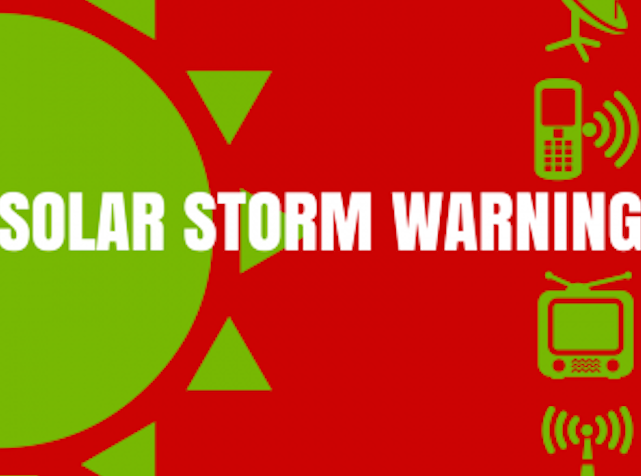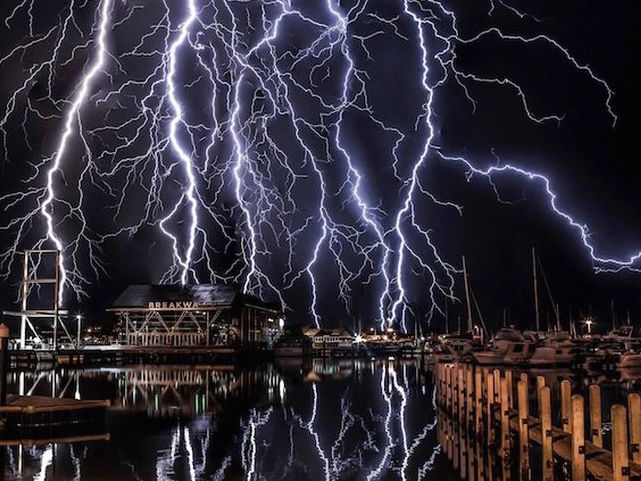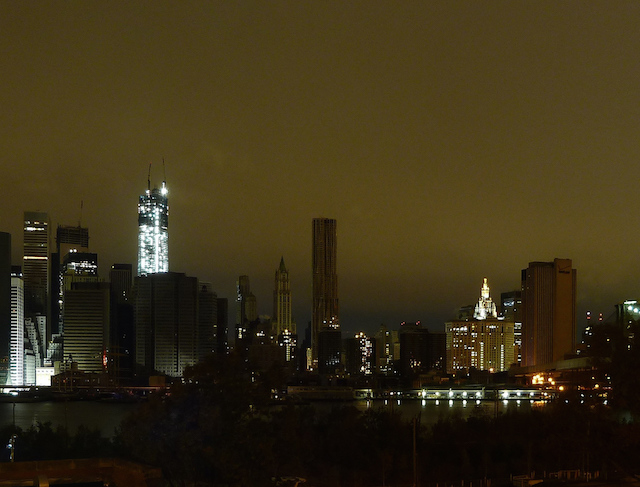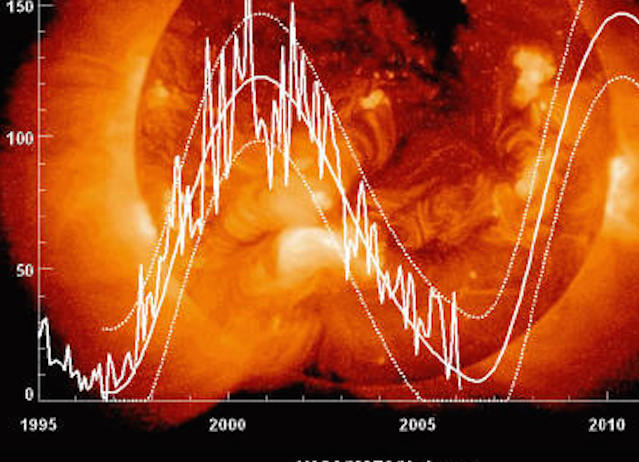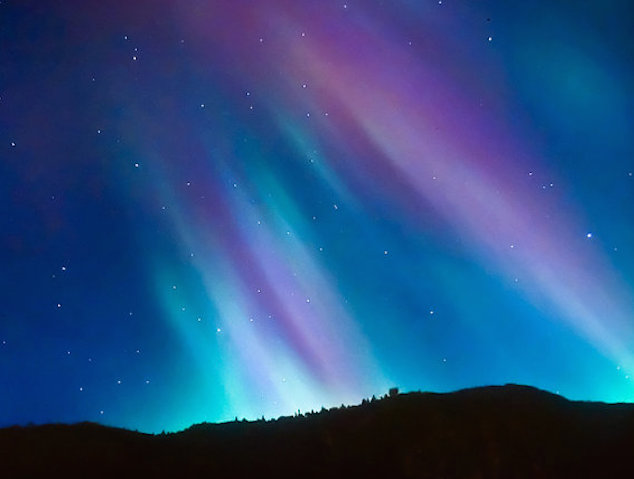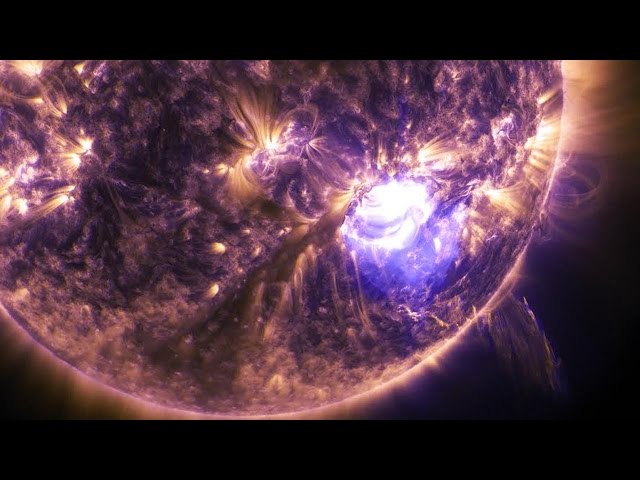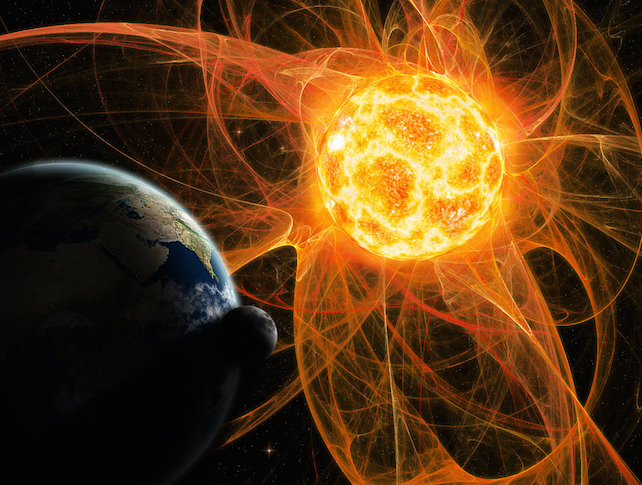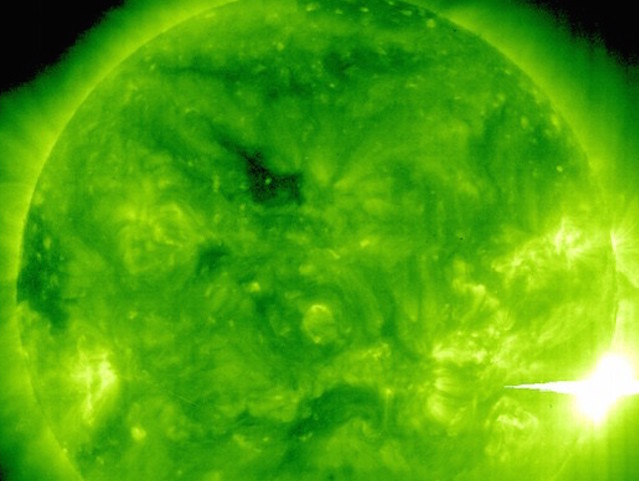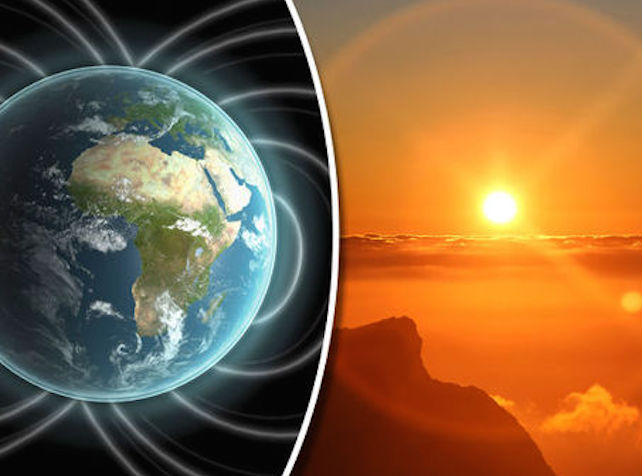Magnitude-4.2 Earthquake hits North of Oklahoma City
A magnitude-4.2 earthquake hit north of Oklahoma City early Friday, the latest in a series of quakes that have rattled the state at an increasing rate in the past few years. There was no immediate word of injuries or damage after the quake hit around 5:40 a.m. Friday near Edmond, Okla. The quake was centered about 16 miles north of Oklahoma City. The increase in quakes in the state has been linked to oil and gas production, according to state and federal scientists. In 2012, the state experienced just a few dozen magnitude-3.0 or…
Read More

